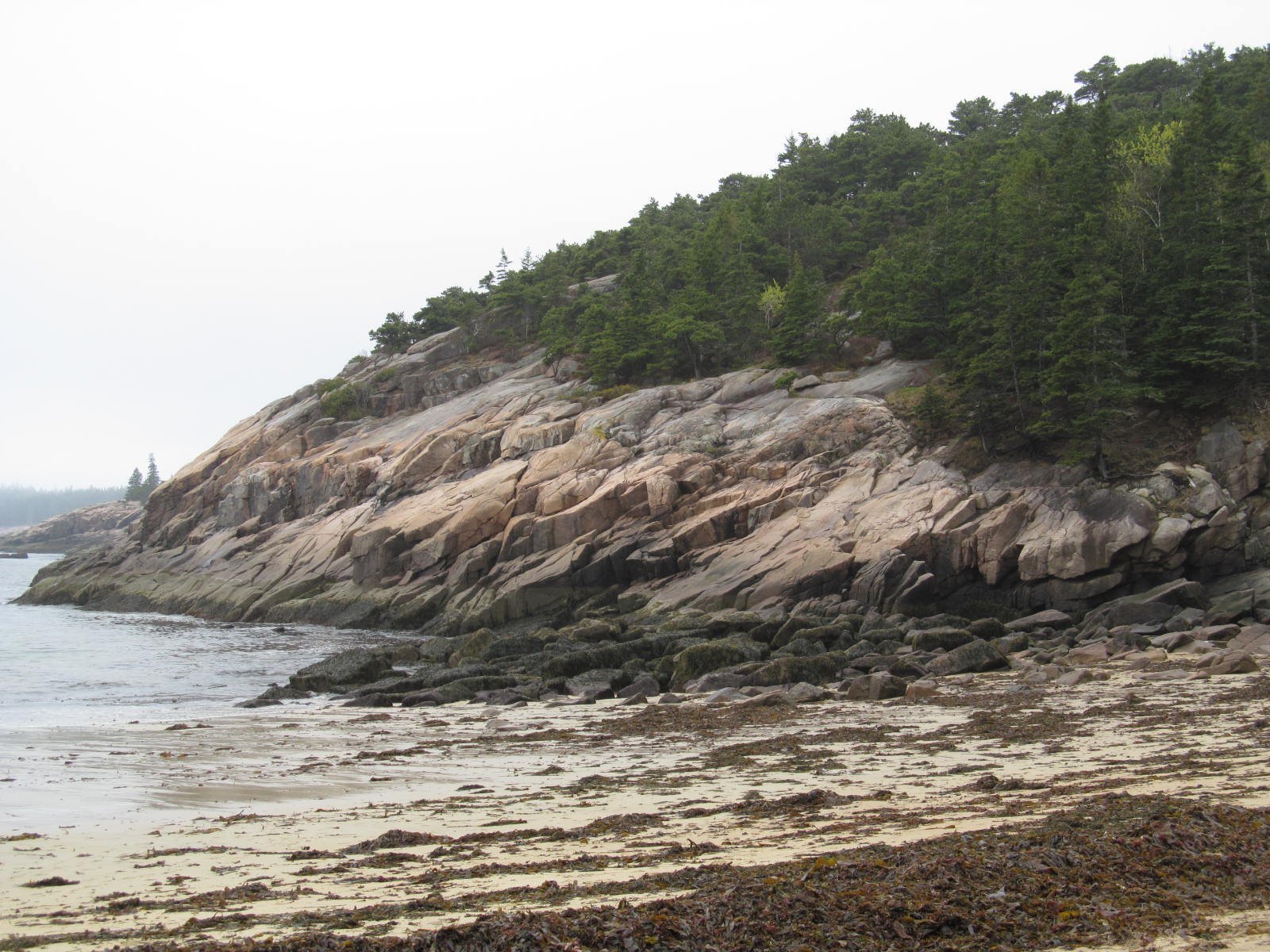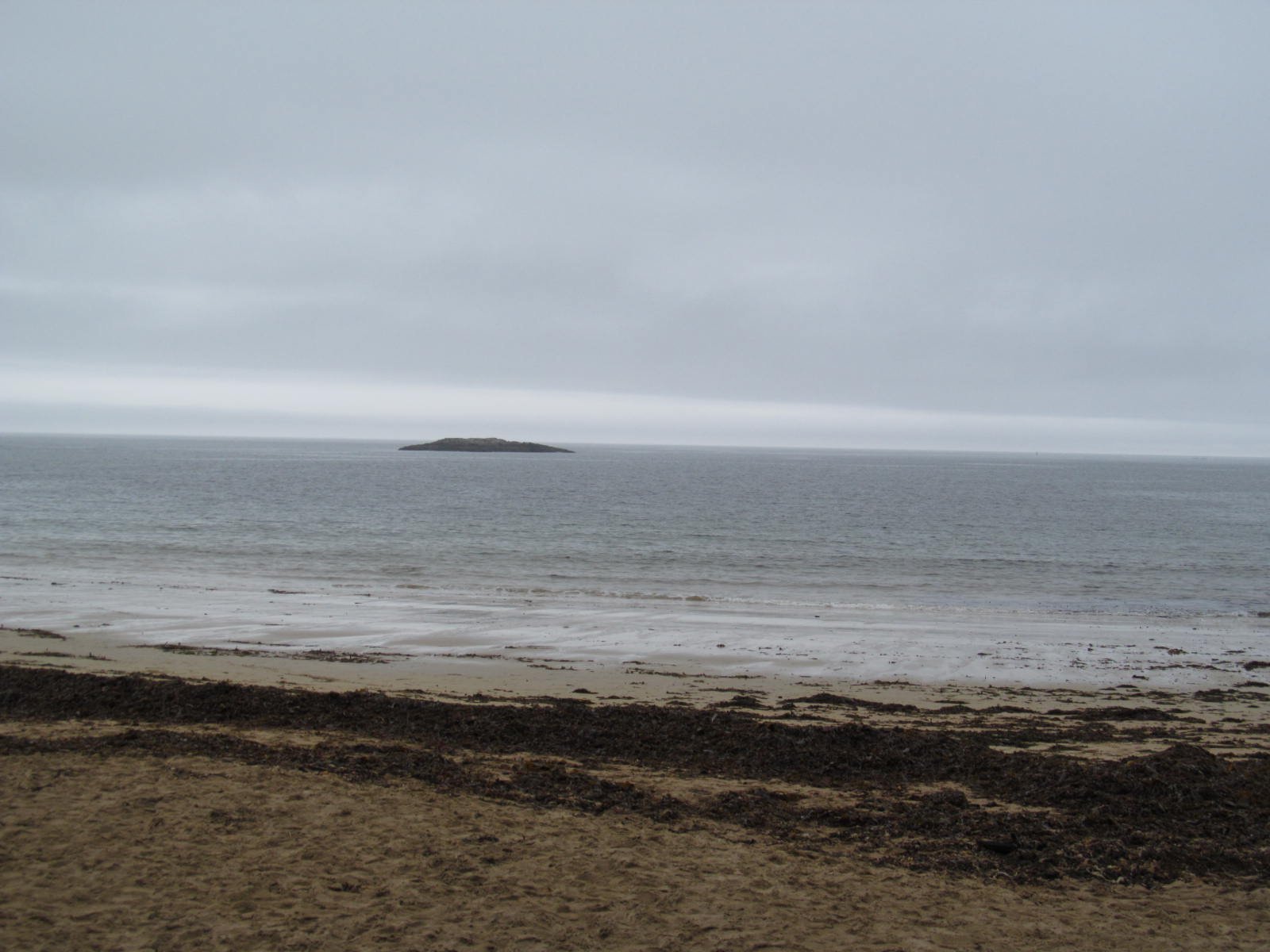Acadia National Park wildlife tours offer visitors a unique opportunity to explore the diverse ecosystems and observe native species in their natural habitats. From guided excursions to self-guided adventures, these tours provide an immersive experience in one of America’s most beautiful national parks. Visitors can witness a variety of wildlife, including birds, mammals, and marine creatures, while learning about conservation efforts and the park’s rich biodiversity.
What Types of Wildlife Tours Are Available in Acadia National Park?

Acadia National Park offers a range of wildlife tour options to suit different preferences and schedules:
- Guided Tours:
-
Good Trip Adventures provides half-day and full-day tours, including:
- Half-day private biking tour (from $1050 per group)
- Full-day land and sea exploration ($279 per person)
- Multi-day wildlife and multi-sport adventures ($2695 per person)
-
Ranger-Led Programs:
-
Free programs offered by the National Park Service, such as:
- Hawk Watch on Cadillac Mountain (late summer and fall)
- Peregrine Watch at the Precipice Trailhead (spring and early summer)
-
Boat Tours:
- Bar Harbor Whale Watch Co. offers various options:
- Whale watching cruises
- Puffin cruises
- Lighthouse cruises
When Is the Best Time for Wildlife Viewing in Acadia National Park?

The optimal time for wildlife viewing varies depending on the species you wish to observe:
| Season | Best For |
|---|---|
| Late Summer/Fall | Hawk Watch on Cadillac Mountain |
| Spring/Early Summer | Peregrine Watch, marine wildlife |
| Dawn/Dusk | Terrestrial wildlife (beavers, deer, foxes) |
| May to October | General wildlife viewing |
Where Are the Best Locations for Wildlife Photography in Acadia?
For wildlife photography enthusiasts, Acadia National Park offers several prime locations:
- Jordan Pond: Mergansers, loons, and beavers
- Sieur de Monts: Whitetail deer, barred owls, and mink
- Witch Hole Pond Loop: Painted turtles and bald eagles
- Precipice Trailhead: Peregrine falcons
- Coastal Areas: Seals and seabirds
Equipment recommendations for wildlife photography:
– Binoculars
– Telephoto lens
– Camera with good low-light performance
What Amenities and Facilities Are Available for Wildlife Tour Participants?
Acadia National Park provides various amenities to enhance the wildlife tour experience:
- Parking Options:
-
Designated lots near popular trails and attractions
-
Accessibility Features:
- Many trails and carriage roads are accessible
-
Some trails suitable for visitors with mobility impairments
-
Nearby Services:
- Bar Harbor offers accommodations, restaurants, and shops
How Can Visitors Ensure Responsible Wildlife Viewing?
To protect Acadia’s wildlife and ecosystems, visitors should follow these guidelines:
- Maintain a safe distance from wildlife
- Stay on designated trails
- Do not feed or approach animals
- Follow park rules and regulations
- Use binoculars or telephoto lenses for close-up views
What Are Some Lesser-Known Wildlife Viewing Opportunities in Acadia?
While popular species like whales and eagles attract attention, Acadia offers unique opportunities to observe less famous wildlife:
- Tide Pool Exploration:
- Observe small marine creatures during low tide
-
Best locations: Ship Harbor Trail, Wonderland Trail
-
Night Sky Wildlife:
- Join ranger-led programs to learn about nocturnal animals
-
Potential sightings: owls, bats, and moths
-
Freshwater Ecosystems:
- Explore ponds and streams for aquatic wildlife
- Look for salamanders, frogs, and native fish species
How Do Seasonal Changes Affect Wildlife Tours in Acadia?
Acadia’s wildlife tours vary significantly with the seasons:
| Season | Wildlife Highlights |
|---|---|
| Spring | Bird migrations, emerging mammals |
| Summer | Marine life, nesting birds |
| Fall | Raptor migrations, active mammals |
| Winter | Seals, winter birds |
What Educational Components Are Included in Acadia’s Wildlife Tours?
Many wildlife tours in Acadia National Park incorporate educational elements:
- Ecological Insights:
- Learn about food chains and ecosystems
-
Understand the impact of climate change on local wildlife
-
Conservation Efforts:
- Discover ongoing projects to protect endangered species
-
Learn how visitors can contribute to conservation
-
Historical Context:
- Explore the park’s history and its influence on wildlife populations
- Understand human-wildlife interactions over time
How Can Visitors Prepare for an Acadia National Park Wildlife Tour?
Proper preparation enhances the wildlife viewing experience:
- Essential Gear:
- Binoculars
- Field guides
- Weather-appropriate clothing
-
Comfortable walking shoes
-
Knowledge Preparation:
- Research common species in the area
-
Familiarize yourself with park rules and wildlife etiquette
-
Physical Preparation:
- Some tours may involve hiking or extended periods outdoors
- Check tour descriptions for physical requirements
What Unique Marine Wildlife Can Be Observed on Acadia’s Boat Tours?
Acadia’s coastal location offers exceptional marine wildlife viewing opportunities:
- Whale Species:
- Humpback whales
- Finback whales
-
Minke whales
-
Seabirds:
- Atlantic puffins
- Razorbills
-
Common murres
-
Other Marine Life:
- Harbor seals
- Gray seals
- Porpoises
How Do Acadia’s Wildlife Tours Contribute to Conservation Efforts?
Wildlife tours in Acadia play a crucial role in conservation:
- Education and Awareness:
- Tours inform visitors about local ecosystems and conservation challenges
-
Increased awareness leads to greater public support for conservation efforts
-
Funding:
- A portion of tour fees often supports local conservation projects
-
Visitor spending contributes to park maintenance and wildlife programs
-
Citizen Science:
- Some tours encourage participants to contribute to wildlife monitoring efforts
- Data collected helps researchers track population trends and habitat health
By participating in Acadia National Park wildlife tours, visitors not only enjoy unforgettable experiences but also contribute to the preservation of this unique ecosystem for future generations.
References:
1. https://www.nps.gov/thingstodo/tour-de-wildlife.htm
2. https://www.nps.gov/acad/learn/nature/animals.htm
3. https://visitmaine.com/things-to-do/wildlife-watching/nature-wildlife-acadia-national-park
